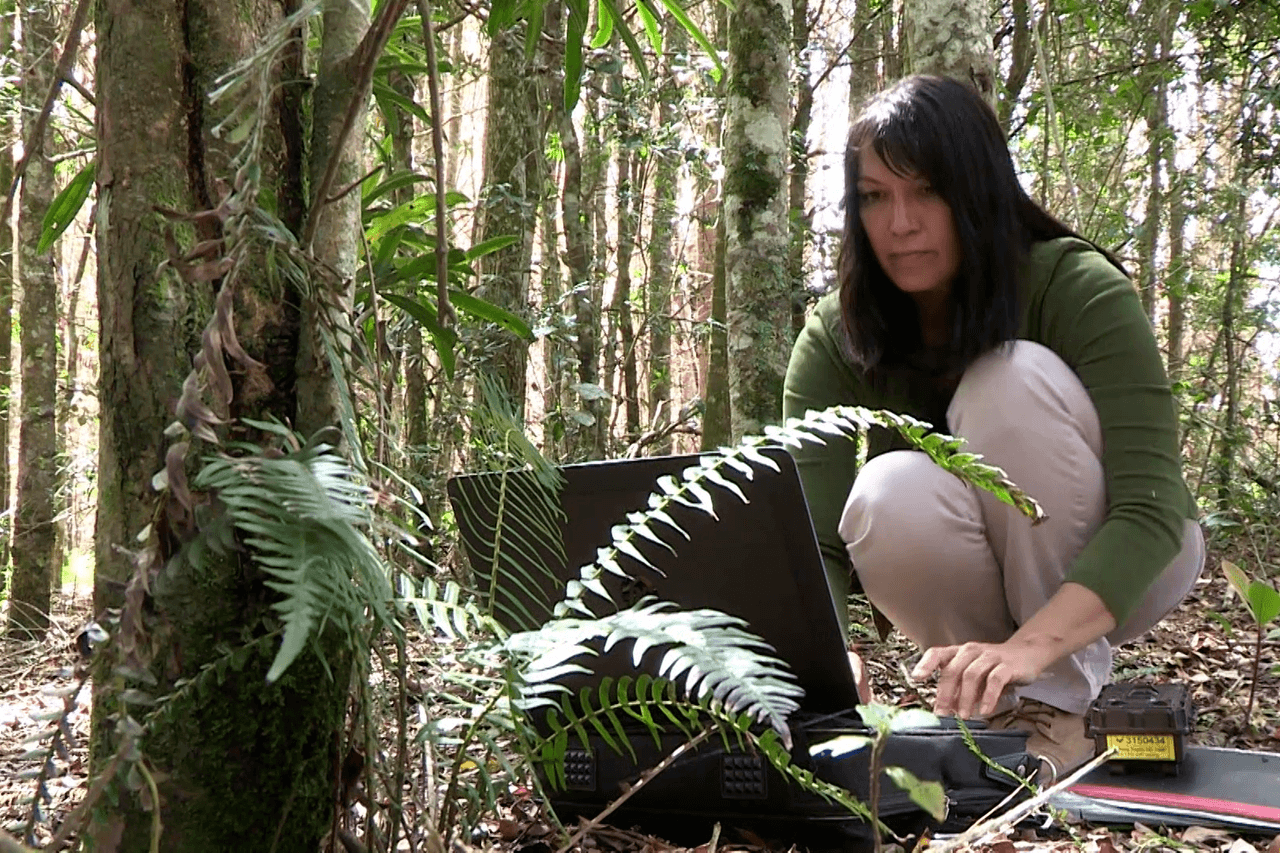When I moved to Knysna in 2007, from KwaZulu-Natal, I was excited at the prospect of having finally landed a job with SANParks. But what excited me even more was that earlier that same year a scientific paper was released on the findings of a DNA study conducted on Knysna elephant dung that concluded the existence of five female elephants, at least one adult male and a calf. With a scientific background in both molecular biology and elephant ecology, I thought, “Great, I am going to the right place”. But the hopeful prospect of a surviving herd of reproductively functional elephants was shattered after my arrival in Knysna. I soon became aware of the huge disparity in findings of the DNA dung study and what my colleagues found who used tracking and photography as a means to try and find out how many elephants still remain. Also, having worked on an elephant project in Tembe Elephant Park, just prior to moving to Knysna, I still had vivid images of the type and intensity of signs a small herd leaves behind – signs I did not see in the Knysna forest and fynbos. In 2012 when I took over the Knysna elephant monitoring from Hylton Herd, I started measuring elephant dung boli and also trained field rangers to measure these when they come across fresh dung.
By 2014 we had dung measurements spanning two years, which ruled out the existence of mature males and calves and a limited number of photographs that suggested one female. The photographic data was not robust enough to be scientifically reported or peer reviewed or to rule out the existence of more elephants. At this point you may argue that we already had enough reason to believe that there was a problem and ask why we did not jump into action. Unfortunately, with elephants, you need very specific and scientifically-based information on the population structure to even begin to understand what types of management actions are appropriate – a requirement also stipulated in the National Norms and Standards for Managing Elephant in South Africa. This is information that we did not have, as the previous efforts only concentrated on numbers, with no insights into who the individuals elephants are, their ages, behaviour and interactions with one another. To complicate matters further, we already had a failed introduction of elephants behind us.
My challenge was therefore to obtain this information, but would require me to see the elephants. I did not want to follow the previous route of tracking elephants to try and see and photograph them as this is too intrusive and previous data suggested that incessant tracking is disruptive to the elephant being tracked. Luckily at this time camera trap units that use infrared and black flash (that cannot be seen by animals) had just become commercially available. In 2014 and 2015 I ran a trial study to see how well this approach would work to see Knysna elephants. It worked extremely well, but with only six camera trap locations, the trial study was not conclusive. The quality of the trial study’s images, however, helped to secure funds with which I purchased 80 camera trap units to conduct a scientifically based camera trap study. In 2016 we set up almost 40 camera trap stations, spanning the entire Knysna elephant range, on roads where we regularly found elephant signs as well as on roads where we did not see elephant signs anymore. The stations were active for 15 months during which we captured the same female elephant 140 times on over 5000 images and video clips.
Photo: Hylton Herd
The first time I saw the elephant clearly was in 2016, with one of my survey team members, Melanie de Morney. We were busy searching for a good camera trap location on a fynbos island, on the edge of the forest. We had just turned into an old forestry road when we saw her standing about 80 metres in front of us. Mel immediately turned off the car engine and we just sat there, still, whispering, completely awed, and watched her stand there. She slowly turned and faced us, with her trunk up, sniffing the air. I was so amazed that she just stood there and did not run away. After about 15 minutes she turned and walked off the road and into the fynbos. I saw her again by accident, almost a year later, with Wilfred and Karel, in a deep forest valley next to a stream. She was not aware of the three of us and carried on browsing. After about 10 minutes of watching her, we quietly moved out, making sure not to let her know of our presence. I felt so lucky and honoured that I could see her like this, but also felt an incredible sadness as I watched her.
Written by: Lizette Moolman; Wildlife Ecologist, Scientific Services at SANParks

